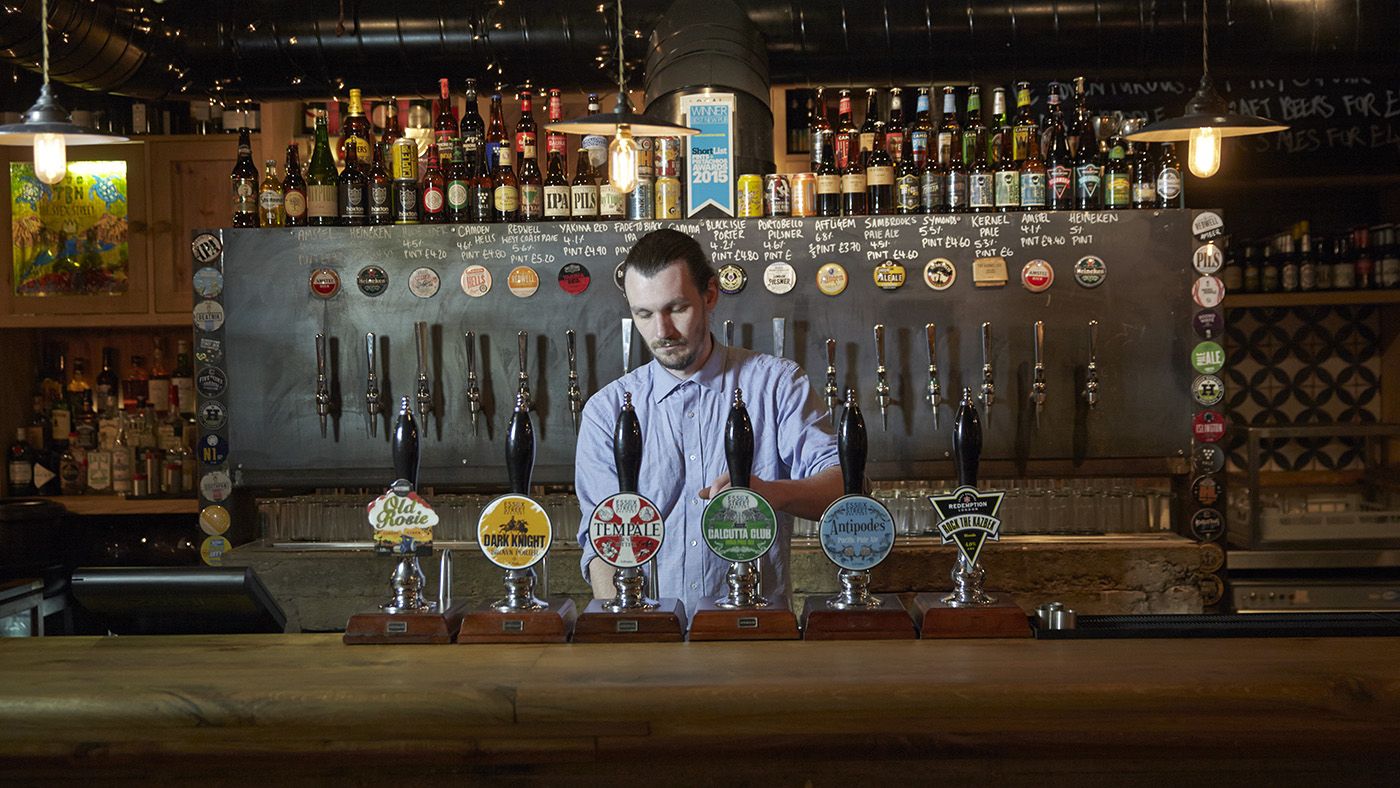Craft beers have made us all think twice about the kind of drinks we buy and enjoy. They have also made us recognise the importance of the brewer and the business behind the beer. Lessons the wine industry would do well to understand, says Neil Anderson.
The wine industry could do with looking at other categories and embracing any key leanings it can. Years of declining penetration, double digit declines with 25-34 year olds, losing consumers from switching to the other drink categories – including craft beer and obviously the gin revolution- and really concerning, its now a fast ageing category dominated by 55+ year olds. Any key insight led observations that can make some difference and in particular engage and recruit under 35 year olds, should be embraced and adopted, quickly.
I have seen some reaction within the wine industry to craft beer. Unfortunately most of it has been centred around doing more “wacky” labels, believing that is the answer.
However, recent research by Masters of Brands* has identified five key things that 25-34 year olds find very engaging with craft beer and identified that these would make wine more appealing. These are:
- It’s all about the taste
- Be more innovative
- Deliver an engaging authentic story that links history – product – taste
- Exciting attractive labels & treatments
- Limited Editions
No 1 – Its all about the taste

It’s how you describe the taste that’s crucial in label design
Craft beer does this well. The most important leaning from the Master of Brands research is the need to communicate a clear, enticing taste descriptor. This is the most important element consumers want to see. It was clear that consumers make purchase decisions (after price & thinking about the drinking occasion) based on this. Without it, it can definitely prevent a sale.
No 2 – Be More Innovative
This has to be something that the wine industry must and can do. It needs to take a few more risks. That is the “must” bit.
The “can do” I would of thought is the easier part. Winemakers are naturally innovative. From my experience, they are always experimenting.
Surely leaning from craft beer (and also whiskey and other spirits) winemakers could experiment more with barrels – sherry for example – and other blending techniques to create some variation & interest. Both winemakers and production/blending facilities have a role to play to find ways to bring more exciting tasting products and brands to market.
No 3 – Deliver an engaging authentic story that links history – product – taste
It’s subtle, but a significant element that many craft beers seem to get right. Bringing to life the origin, history and provenance, whilst linking this through to the final product and taste. Wine has this in abundance, but it’s not great at always linking the dots eg: “We have five generations of winemaking” – so what ? “We have 150 years of history” – so what ? “The product taste is “hints of cigar box”, “It’s flinty”, “Very grassy” etc etc. “So what and really??”.
A quick example could be: “Our family (all five generations) remain dedicated and passionate about ensuring you have the most delicious, dark fruit flavour sensations in every sip you take.”

Craft beers all shouting out and vying for attention
No 4 – Exciting attractive labels and treatments
The white (and off white) wallpaper of wine still exists. I agree there are more enticing, exciting and variation of labels today. However, there is more wine can do. The research did not find wine packaging poor. In fact 64% said it was good to very good. The concern was only 9% said very good/and appealing vs unprompted preferred attractiveness of craft beer and gin, design, labels & treatments. The test is how many products and brands have a true point of difference in that wallpaper of wine?
No 5 – Limited Editions
There are loads of limited editions in craft beer. Lots of innovative and creative labels, artist collaborations etc. These have high interest with 25-34 year olds. Unprompted in the focus groups during the research, this age group was excited by some craft beer brands commissioning “unknown artists”.
“Personalised” labels was also a topic they recognised and engaged with. The point being, these create excitement and engagement with an important age group that are fundamental to the life cycle of wine. Surely, if doing something a little different eg: “limited editions”, have a positive impact in recruiting more drinkers from the under 35 age group, then surely that should be a consideration from producers, brand owners and retailers.
- Neil Anderson is a commercial strategy and brand marketing consultant in food and drink. You can contact him at neilanderson0808@gmail.com.
- Masters of Brands is a strategic, communication design agency specialising in the food and drinks industry.
































